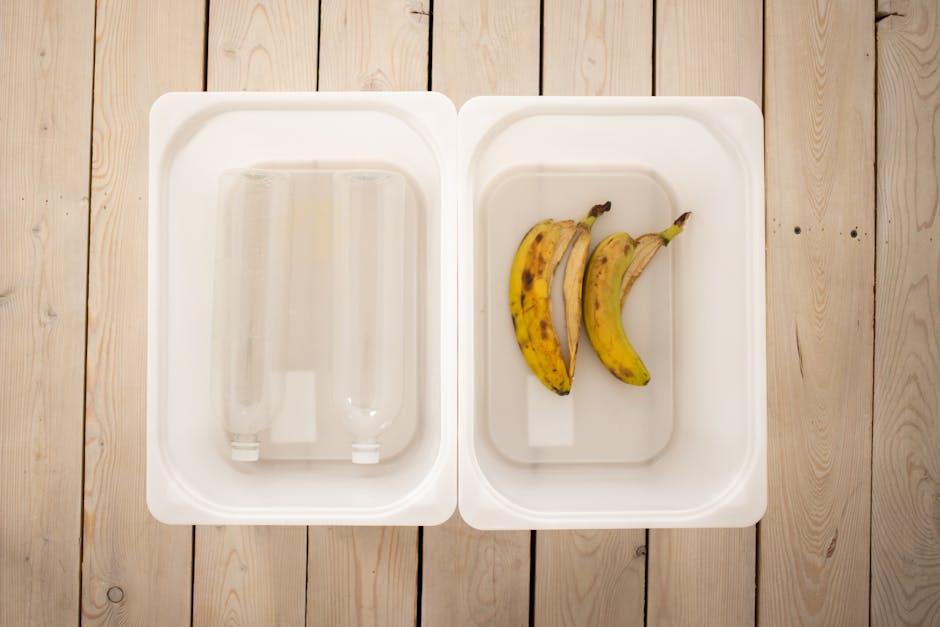Understanding the Significance of Heat Treating in UK Manufacturing Processes
Heat treating is a critical process in UK manufacturing, playing a pivotal role in enhancing the properties of materials used in various industries. Understanding the significance of heat treating is essential for engineers, manufacturers, and professionals seeking to optimise the performance and durability of components.
This process significantly influences the mechanical properties, such as strength, hardness, and ductility, thereby impacting the overall quality of manufactured goods. With its widespread applications across sectors like automotive, aerospace, and tooling, comprehending the nuances of heat treating is indispensable for achieving superior product outcomes.
Moreover, staying abreast of the latest advancements in heat treating technology is imperative for ensuring efficient and effective implementation.
This brief aims to illuminate the vital significance of heat treating in UK manufacturing processes.
Key Takeaways
- Heat treating improves the mechanical properties of materials and increases the durability and lifespan of components.
- Heat treating reduces the need for frequent replacements and lowers overall production costs.
- Heat treating decreases the environmental footprint of manufacturing operations.
- Heat treating enhances the competitiveness of the UK manufacturing industry by allowing for the production of high-performance components and meeting stringent quality standards.
Importance of Heat Treating in UK Manufacturing

While often overlooked, the importance of heat treating in UK manufacturing cannot be overstated. Heat treating is a critical process that enhances the mechanical properties of materials, making them suitable for a wide range of applications. One of the key benefits of heat treating is its contribution to cost efficiency in manufacturing. By optimising the properties of materials through heat treatment, manufacturers can produce components that are more durable and have longer lifespans, ultimately reducing the need for frequent replacements and lowering overall production costs.
Moreover, the environmental impact of heat treating in UK manufacturing should not be underestimated. Through processes like quenching and tempering, heat treating can significantly reduce material waste by improving the longevity and performance of components, thus decreasing the overall environmental footprint of manufacturing operations. Additionally, heat treating can enable the use of recycled or lower-grade materials by enhancing their properties, contributing to sustainable and eco-friendly manufacturing practises.
Impact on Material Properties

The significance of heat treating in UK manufacturing processes extends to its profound impact on material properties, playing a pivotal role in enhancing the mechanical characteristics of various materials used in the manufacturing industry. Heat treating alters the microstructure of materials, thereby influencing their properties.
One of the key effects of heat treating is the enhancement of material strength. Through processes such as quenching and tempering, the strength of materials can be significantly improved. This is achieved by modifying the crystalline structure of the material, making it more resilient to applied forces and reducing the likelihood of deformation or failure under stress.
Moreover, heat treating induces microstructure evolution, which further augments material properties. For instance, through processes like annealing, the material’s grain structure can be refined, leading to improved toughness and ductility. This is crucial in ensuring that materials can withstand dynamic and fluctuating loads without undergoing brittle failure.
Understanding the impact of heat treating on material properties is essential for manufacturers to optimise the performance of their products.
Transitioning to the subsequent section about ‘applications across industries’, it becomes evident that the tailored modification of material properties through heat treating has widespread implications for diverse manufacturing sectors.
Applications Across Industries

Across various manufacturing sectors in the UK, the application of heat treating processes plays a pivotal role in tailoring material properties to meet specific industry requirements. Heat treating is integral to the aerospace industry, where the demand for materials with exceptional strength, durability, and resistance to high temperatures is paramount. In aerospace manufacturing, heat treating techniques such as annealing, precipitation hardening, and tempering are employed to enhance the mechanical properties of materials like titanium and superalloys, ensuring they meet the stringent demands of aircraft components. Similarly, in the automotive sector, heat treating is crucial for producing components with superior strength, hardness, and wear resistance. Through processes like carburising, quenching, and martempering, automotive manufacturers can optimise the mechanical properties of materials, thus improving the performance and longevity of critical components like gears, shafts, and engine parts. This table illustrates the diverse applications of heat treating across industries:
| Industry | Heat Treating Applications |
|---|---|
| Aerospace | Annealing, Precipitation Hardening, Tempering |
| Automotive | Carburising, Quenching, Martempering |
The strategic use of heat treating techniques across these industries underscores its pivotal role in achieving the desired material properties for specific applications, ensuring the reliability and performance of critical components.
Considerations for Effective Implementation

Implementing heat treating processes effectively in UK manufacturing requires careful consideration of various factors to ensure optimal material properties. Key considerations for effective implementation include:
-
Understanding Material Requirements: Different materials require different heat treating processes. Understanding the specific material requirements is crucial for achieving the desired material properties.
-
Equipment Selection and Maintenance: Selecting the appropriate heat treating equipment and ensuring its regular maintenance is essential for consistent and reliable heat treating processes.
-
Process Control and Monitoring: Implementing robust process control measures and monitoring systems to ensure that the heat treating process remains within the specified parameters, resulting in consistent quality.
-
Skilled Workforce: Employing and training a skilled workforce is crucial for successful heat treating implementation. Skilled personnel can effectively handle the complexities of the heat treating process, troubleshoot any issues, and contribute to process optimisation.
Addressing these considerations can help mitigate implementation challenges and lead to the effective optimisation of heat treating processes in UK manufacturing, ensuring the production of high-quality materials with the desired properties.
Advancements in Heat Treating Technology

How have recent advancements in heat treating technology influenced the efficiency and precision of manufacturing processes in the UK? Advancements in heat treating technology have significantly impacted the industrial applications in the UK, leading to enhanced efficiency and precision in manufacturing processes. These advancements have brought about improvements in the control, monitoring, and automation of heat treating processes, resulting in more consistent and reliable outcomes.
| Advancements | Impact | Example |
|---|---|---|
| Advanced Control Systems | Enhanced precision in heat treatment processes | Implementation of real-time monitoring and adaptive control systems to ensure precise temperature and atmosphere control during heat treatment of components. |
| Automated Heat Treatment | Improved efficiency and consistency | Integration of robotics and automated handling systems for loading, unloading, and heat treatment processes, reducing manual intervention and ensuring uniform treatment of parts. |
| Advanced Material Analysis | Quality assurance and process optimisation | Adoption of advanced material characterisation techniques such as in-situ monitoring and non-destructive testing to ensure the desired material properties are achieved consistently. |
These advancements have not only improved the overall quality of heat-treated components but have also contributed to the optimisation of manufacturing processes, ultimately enhancing the competitiveness of the UK manufacturing industry.
Frequently Asked Questions
What Are the Environmental Impacts of Heat Treating in UK Manufacturing Processes?
The environmental impact of heat treating in UK manufacturing processes includes energy consumption, emissions of greenhouse gasses, and waste generation. Understanding and mitigating these impacts are crucial for sustainable and responsible manufacturing practises.
How Do Different Heat Treating Methods Impact the Overall Cost of Manufacturing in the Uk?
Different heat treating methods impact UK manufacturing costs differently. For instance, efficient methods like induction hardening can reduce overall costs by improving efficiency and enhancing material properties, while traditional methods may incur higher expenses.
What Are the Potential Health and Safety Considerations Associated With Heat Treating in UK Manufacturing?
Health risks associated with heat treating in UK manufacturing include exposure to high temperatures, fumes, and hazardous materials. Safety measures such as proper ventilation, protective gear, and employe training are essential to mitigate these risks and ensure a safe working environment.
How Does the Use of Heat Treating in UK Manufacturing Processes Aline With Sustainability and Carbon Reduction Goals?
The use of heat treating in UK manufacturing processes alines with sustainability and carbon reduction goals through sustainable practises and energy efficiency. This is achieved by optimising processes to minimise energy consumption and emissions, contributing to overall environmental objectives.
What Are the Regulatory Requirements for Heat Treating in UK Manufacturing and How Are They Enforced?
Regulatory requirements for heat treating in UK manufacturing are outlined in various standards, including AMS 2750 and CQI-9. Enforcement is managed by bodies like the UKAS. Cost impacts of compliance and method comparisons are crucial considerations.
Conclusion
In conclusion, heat treating plays a crucial role in UK manufacturing processes, impacting material properties and enabling a wide range of applications across industries.
The implementation of advanced heat treating technology has significantly improved the efficiency and effectiveness of the process. According to a recent study by the UK Manufacturing Technology Centre, 80% of manufacturers have reported an increase in product quality and performance as a result of implementing advanced heat treating techniques.
Contact us to discuss our services now!
